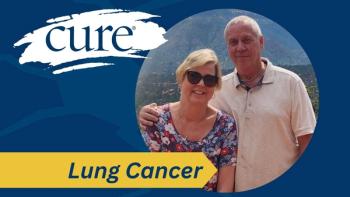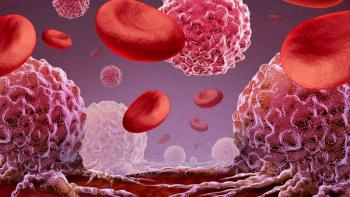
Chemobrain research and attention growing
The attention paid to the psychosocial effects of cancer by the medical community can mostly be credited to cancer survivors. One of the most common examples is the recognition of "chemobrain," a condition that was first raised by breast cancer survivors describing loss of memory, concentration, and other mental functions after treatment. An interesting study presented on Saturday during the annual meeting of the American Society of Medical Oncology compared memory and thinking of breast cancer survivors who were taking Femara (letrozole), an aromatase inhibitor, with women taking tamoxifen. The BIG 1-98 Cognitive Function Sub-Study found that after five years of hormone therapy, postmenopausal women currently taking Femara had better overall cognitive function--or what scientists call chemobrain--than those currently taking tamoxifen. Data on whether the effect persists after treatment ends is expected next year.In a separate ASCO session, which discussed the physical, psychological, and cognitive challenges of long-term cancer survivors, Janette Vardy, MD, PhD, from the Sydney Cancer Center in Australia, highlighted an important issue when talking about chemobrain--there is no consensus on its definition. Vardy outlined several potential causes of chemobrain, including possible neurotoxicity of cancer or its treatment, cytokines, abrupt changes in hormone levels due to surgery or hormone therapy, genetic predispositions, and other causes. Vardy also mentioned anxiety, depression, and fatigue--common symptoms in cancer survivors--could also affect cognition. Paying attention to these symptoms and treating them could improve a patient's chemobrain.A recent taskforce dedicated to cognition problems in cancer survivors has been formed to address many of these issues and more. The International Cognition and Cancer Taskforce (





